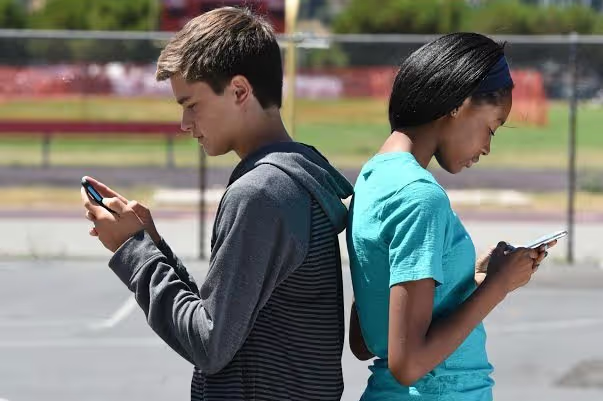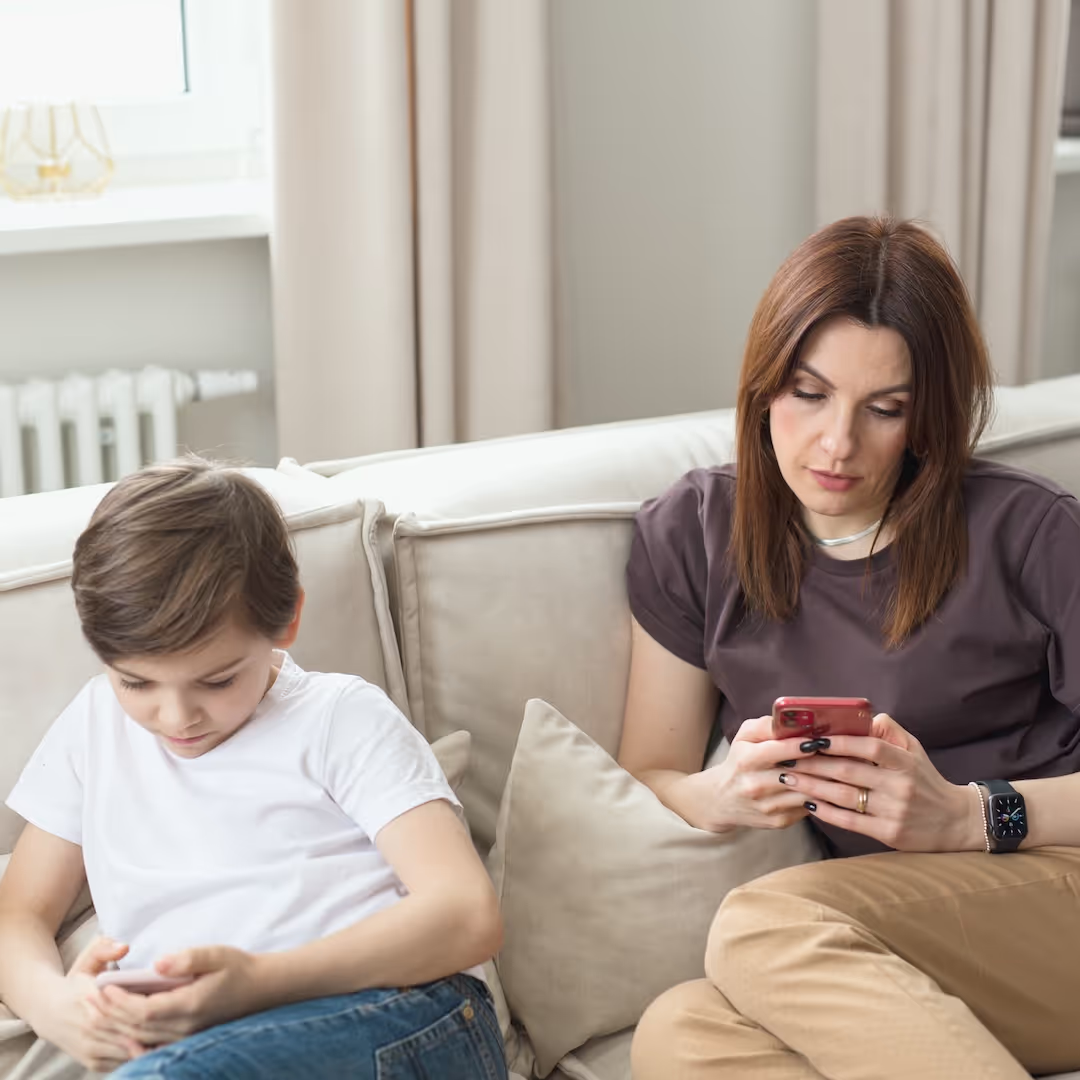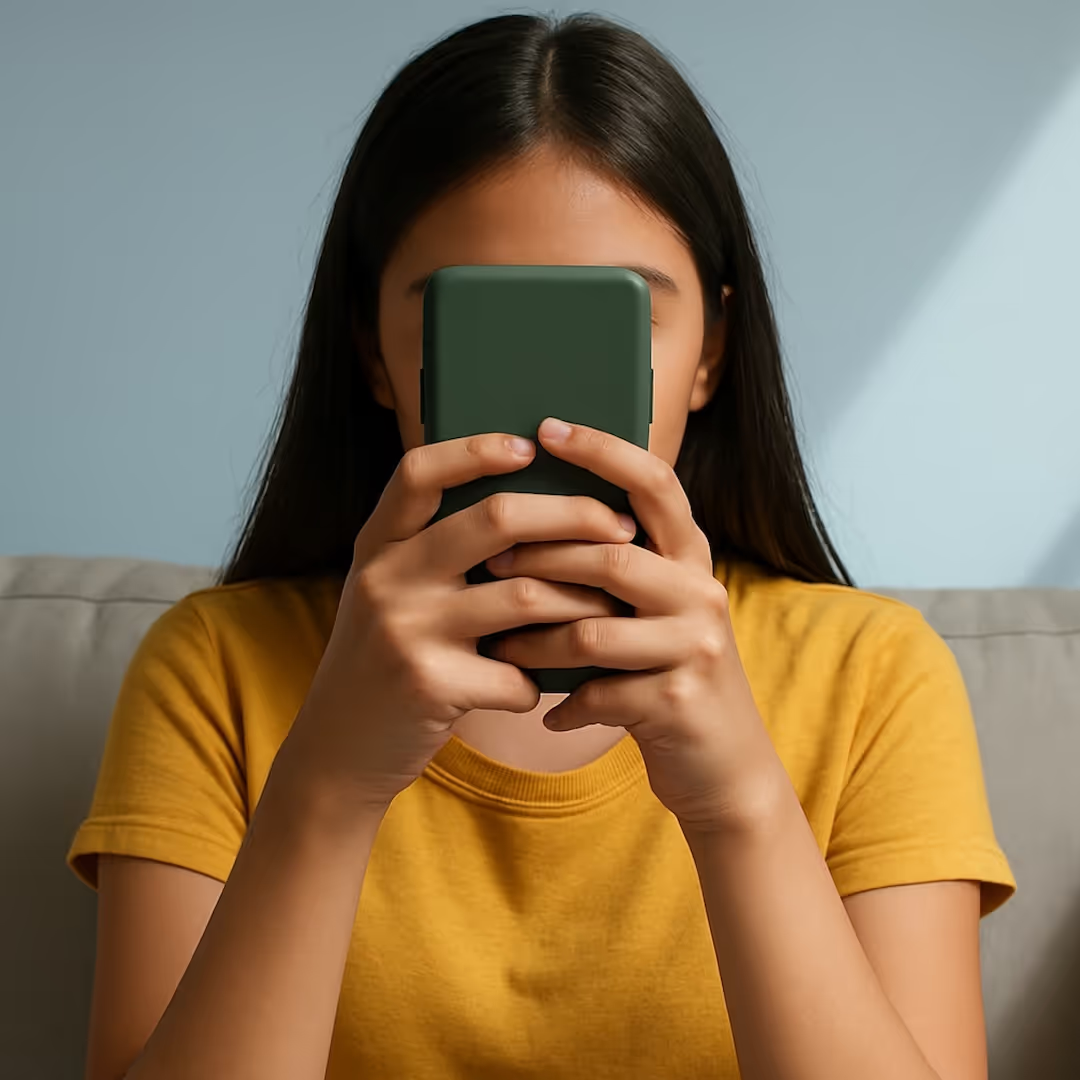



My team and I have been surveying teenagers, boys and girls, about how, when, and why they choose to communicate via their many apps. I chose to feature a 16-year-old teenage girl's (Nina) detailed analysis because it reflects the most common answers I’ve heard about these decisions.
Instagram: Nina (age 16): “I rarely use Instagram to communicate with one person directly, I usually use it to communicate something to all of my followers at once and no one in particular. Many teenagers have “public”— being followed by everyone— and “private” Instagram accounts (also called Finstagrams)— being followed by people you are actually friends with. Instagram has a simple button in their privacy settings if you only want people who you approve to see your photos and videos, otherwise, your account is open to everyone. Good quality photos that reflect well on me go on my public account and posts that are more about the caption (private thoughts, song recommendations, daily woes) and have pictures as an afterthought are relegated to the private. ”
Snapchat: Nina (age 16): “I use Snapchat for casual conversations like checking in with a friend after school. If I just want to say hi, Snapchat is the best place to do it. Since I am sending a picture along with the message, I don’t have to think very hard about what the message is going to be. Additionally, since it is possible to send Snaps (which are just photos with no text at all), a conversation is not a necessary part of a Snapchat interaction.”
Texting: Nina (age 16): “I use texting for actual conversation and communication. Many of the texts are in group chats and almost all of my plans are made in group chats. Texting is direct and concise so I will usually text someone if I have a specific question or something that I need to coordinate. However, if I already have SnapChat open I will just use SnapChat to relay logistics.”
Calling: Nina (age 16): “My phone calls are usually with my parents who are not as adept as my generation when it comes to texts. Sometimes I will call my friends but only if I have to talk to them about something that is timely or if my hands are busy so I can’t text. If I’m on my way somewhere and need directions or want to know right then whether a friend wants to run an errand with me I will call them because I am sure to get an immediate answer. Most of my phone calls are short and to the point and if I want a longer more leisurely conversation I will use FaceTime.”
FaceTime: Nina (age 16): “FaceTime is usually best for longer conversations and conversations that I would prefer to have in person but cannot. Sometimes it is simply because I am bored or lonely and want the presence of one of my friends and sometimes because I have something serious or long-winded to talk about that would be too much to type out or too sensitive to talk about over social media. Often times this will be drama or family issues. I don’t like FaceTiming very often because calls tend to drag on with neither person wanting to be rude and say they have to go when it is evident from the video that they are not doing anything. My friends that are boys don’t FaceTime much. They do use an app called House Party that is sort of like FaceTime but you can have up to 8 people on a call and they use this for playing video games together.”
For today’s TTT it will be a fun exercise to have your kids explain to you how and why they choose to use which tech platform for various kinds of communication—or if they don’t have social media yet, what they are expecting in the future. It is important to be curious without judgment if you want your adolescents to be as open as possible. So, be sure to frame the conversation as positive as possible.
July 3, 2018
As well as our weekly blog, we publish videos like this one every week on the Screenagers YouTube channel
Learn more about showing our movies in your school or community!
Join Screenagers filmmaker Delaney Ruston MD for our latest Podcast

Learn more about our Screen-Free Sleep campaign at the website!
Our movie made for parents and educators of younger kids
Learn more about showing our movies in your school or community!
Learn more about showing our movies in your school or community!
Join Screenagers filmmaker Delaney Ruston MD for our latest Podcast

Learn more about our Screen-Free Sleep campaign at the website!
Our movie made for parents and educators of younger kids
Join Screenagers filmmaker Delaney Ruston MD for our latest Podcast
As we’re about to celebrate 10 years of Screenagers, we want to hear what’s been most helpful and what you’d like to see next.
Please click here to share your thoughts with us in our community survey. It only takes 5–10 minutes, and everyone who completes it will be entered to win one of five $50 Amazon vouchers.

My team and I have been surveying teenagers, boys and girls, about how, when, and why they choose to communicate via their many apps. I chose to feature a 16-year-old teenage girl's (Nina) detailed analysis because it reflects the most common answers I’ve heard about these decisions.
Instagram: Nina (age 16): “I rarely use Instagram to communicate with one person directly, I usually use it to communicate something to all of my followers at once and no one in particular. Many teenagers have “public”— being followed by everyone— and “private” Instagram accounts (also called Finstagrams)— being followed by people you are actually friends with. Instagram has a simple button in their privacy settings if you only want people who you approve to see your photos and videos, otherwise, your account is open to everyone. Good quality photos that reflect well on me go on my public account and posts that are more about the caption (private thoughts, song recommendations, daily woes) and have pictures as an afterthought are relegated to the private. ”
Snapchat: Nina (age 16): “I use Snapchat for casual conversations like checking in with a friend after school. If I just want to say hi, Snapchat is the best place to do it. Since I am sending a picture along with the message, I don’t have to think very hard about what the message is going to be. Additionally, since it is possible to send Snaps (which are just photos with no text at all), a conversation is not a necessary part of a Snapchat interaction.”
Texting: Nina (age 16): “I use texting for actual conversation and communication. Many of the texts are in group chats and almost all of my plans are made in group chats. Texting is direct and concise so I will usually text someone if I have a specific question or something that I need to coordinate. However, if I already have SnapChat open I will just use SnapChat to relay logistics.”
Calling: Nina (age 16): “My phone calls are usually with my parents who are not as adept as my generation when it comes to texts. Sometimes I will call my friends but only if I have to talk to them about something that is timely or if my hands are busy so I can’t text. If I’m on my way somewhere and need directions or want to know right then whether a friend wants to run an errand with me I will call them because I am sure to get an immediate answer. Most of my phone calls are short and to the point and if I want a longer more leisurely conversation I will use FaceTime.”
FaceTime: Nina (age 16): “FaceTime is usually best for longer conversations and conversations that I would prefer to have in person but cannot. Sometimes it is simply because I am bored or lonely and want the presence of one of my friends and sometimes because I have something serious or long-winded to talk about that would be too much to type out or too sensitive to talk about over social media. Often times this will be drama or family issues. I don’t like FaceTiming very often because calls tend to drag on with neither person wanting to be rude and say they have to go when it is evident from the video that they are not doing anything. My friends that are boys don’t FaceTime much. They do use an app called House Party that is sort of like FaceTime but you can have up to 8 people on a call and they use this for playing video games together.”
For today’s TTT it will be a fun exercise to have your kids explain to you how and why they choose to use which tech platform for various kinds of communication—or if they don’t have social media yet, what they are expecting in the future. It is important to be curious without judgment if you want your adolescents to be as open as possible. So, be sure to frame the conversation as positive as possible.
July 3, 2018
As well as our weekly blog, we publish videos like this one every week on the Screenagers YouTube channel
Sign up here to receive the weekly Tech Talk Tuesdays newsletter from Screenagers filmmaker Delaney Ruston MD.
We respect your privacy.

My team and I have been surveying teenagers, boys and girls, about how, when, and why they choose to communicate via their many apps. I chose to feature a 16-year-old teenage girl's (Nina) detailed analysis because it reflects the most common answers I’ve heard about these decisions.
Instagram: Nina (age 16): “I rarely use Instagram to communicate with one person directly, I usually use it to communicate something to all of my followers at once and no one in particular. Many teenagers have “public”— being followed by everyone— and “private” Instagram accounts (also called Finstagrams)— being followed by people you are actually friends with. Instagram has a simple button in their privacy settings if you only want people who you approve to see your photos and videos, otherwise, your account is open to everyone. Good quality photos that reflect well on me go on my public account and posts that are more about the caption (private thoughts, song recommendations, daily woes) and have pictures as an afterthought are relegated to the private. ”
Snapchat: Nina (age 16): “I use Snapchat for casual conversations like checking in with a friend after school. If I just want to say hi, Snapchat is the best place to do it. Since I am sending a picture along with the message, I don’t have to think very hard about what the message is going to be. Additionally, since it is possible to send Snaps (which are just photos with no text at all), a conversation is not a necessary part of a Snapchat interaction.”
Texting: Nina (age 16): “I use texting for actual conversation and communication. Many of the texts are in group chats and almost all of my plans are made in group chats. Texting is direct and concise so I will usually text someone if I have a specific question or something that I need to coordinate. However, if I already have SnapChat open I will just use SnapChat to relay logistics.”
Calling: Nina (age 16): “My phone calls are usually with my parents who are not as adept as my generation when it comes to texts. Sometimes I will call my friends but only if I have to talk to them about something that is timely or if my hands are busy so I can’t text. If I’m on my way somewhere and need directions or want to know right then whether a friend wants to run an errand with me I will call them because I am sure to get an immediate answer. Most of my phone calls are short and to the point and if I want a longer more leisurely conversation I will use FaceTime.”
FaceTime: Nina (age 16): “FaceTime is usually best for longer conversations and conversations that I would prefer to have in person but cannot. Sometimes it is simply because I am bored or lonely and want the presence of one of my friends and sometimes because I have something serious or long-winded to talk about that would be too much to type out or too sensitive to talk about over social media. Often times this will be drama or family issues. I don’t like FaceTiming very often because calls tend to drag on with neither person wanting to be rude and say they have to go when it is evident from the video that they are not doing anything. My friends that are boys don’t FaceTime much. They do use an app called House Party that is sort of like FaceTime but you can have up to 8 people on a call and they use this for playing video games together.”
For today’s TTT it will be a fun exercise to have your kids explain to you how and why they choose to use which tech platform for various kinds of communication—or if they don’t have social media yet, what they are expecting in the future. It is important to be curious without judgment if you want your adolescents to be as open as possible. So, be sure to frame the conversation as positive as possible.
July 3, 2018
As well as our weekly blog, we publish videos like this one every week on the Screenagers YouTube channel

It feels like we’re finally hitting a tipping point. The harms from social media in young people’s lives have been building for far too long, and bold solutions can’t wait any longer. That’s why what just happened in Australia is extremely exciting. Their new nationwide move marks one of the biggest attempts yet to protect kids online. And as we released a new podcast episode yesterday featuring a mother who lost her 14-year-old son after a tragic connection made through social media, I couldn’t help but think: this is exactly the kind of real-world action families have been desperate for. In today’s blog, I share five key things to understand about what Australia is doing because it’s big, it’s controversial, and it might just spark global change.
READ MORE >
I hear from so many parents who feel conflicted about their own phone habits when it comes to modeling healthy use for their kids. They’ll say, “I tell my kids to get off their screens, but then I’m on mine all the time.” Today I introduce two moms who are taking on my One Small Change Challenge and share how you can try it too.
READ MORE >
This week’s blog explores how influencers and social media promoting so-called “Healthy” ideals — from food rules to fitness fads — can quietly lead young people toward disordered eating. Featuring insights from Dr. Jennifer Gaudiani, a leading expert on eating disorders, we unpack how to spot harmful messages and start honest conversations with kids about wellness, body image, and what “healthy” really means.
READ MORE >for more like this, DR. DELANEY RUSTON'S NEW BOOK, PARENTING IN THE SCREEN AGE, IS THE DEFINITIVE GUIDE FOR TODAY’S PARENTS. WITH INSIGHTS ON SCREEN TIME FROM RESEARCHERS, INPUT FROM KIDS & TEENS, THIS BOOK IS PACKED WITH SOLUTIONS FOR HOW TO START AND SUSTAIN PRODUCTIVE FAMILY TALKS ABOUT TECHNOLOGY AND IT’S IMPACT ON OUR MENTAL WELLBEING.
